Wednesday 1st to Monday 20th May 2019
Leaving Bundaberg for Lady Musgrave Island
At long last we were ready to escape from Bundaberg marina. The alarm woke us at 3.30am from a deep, deep sleep. Outside it was pitch black and very windy as we slipped our lines and left the pontoon, heading down the river between the red and green lit buoys on either side of the channel. Once out at sea it was even windier with a bumpy swell but as we headed north under genoa and reefed mainsail the sea became smoother, the wind eased to 20 knots from the east and we had a good sail doing 6 to 7 knots at times (although I felt a bit seasick after being a landlubber for so long).
The Great Barrier Reef stretches for over 1,400 miles along the Queensland coast from just above the northernmost tip of Australia to as far south as Bundaberg. It is composed of over 2,900 individual reefs and 900 islands. The outlying reefs are formed from coral whereas many of the islands were once part of the mainland, being mountain tops isolated as sea levels rose with surrounding coral reef.
Our first stop was Lady Musgrave Island, the second most southerly of all the reefs, and some 50 miles north of Bundaberg (hence the early start as we needed to arrive well before dusk). It is a small coral cay with a large lagoon enclosed by a low coral reef.
There is a narrow but deep passage through the coral reef into the lagoon, marked by red and green buoys, which it is only safe to enter in daylight (easily visible as the dark channel in the Google Earth picture above).
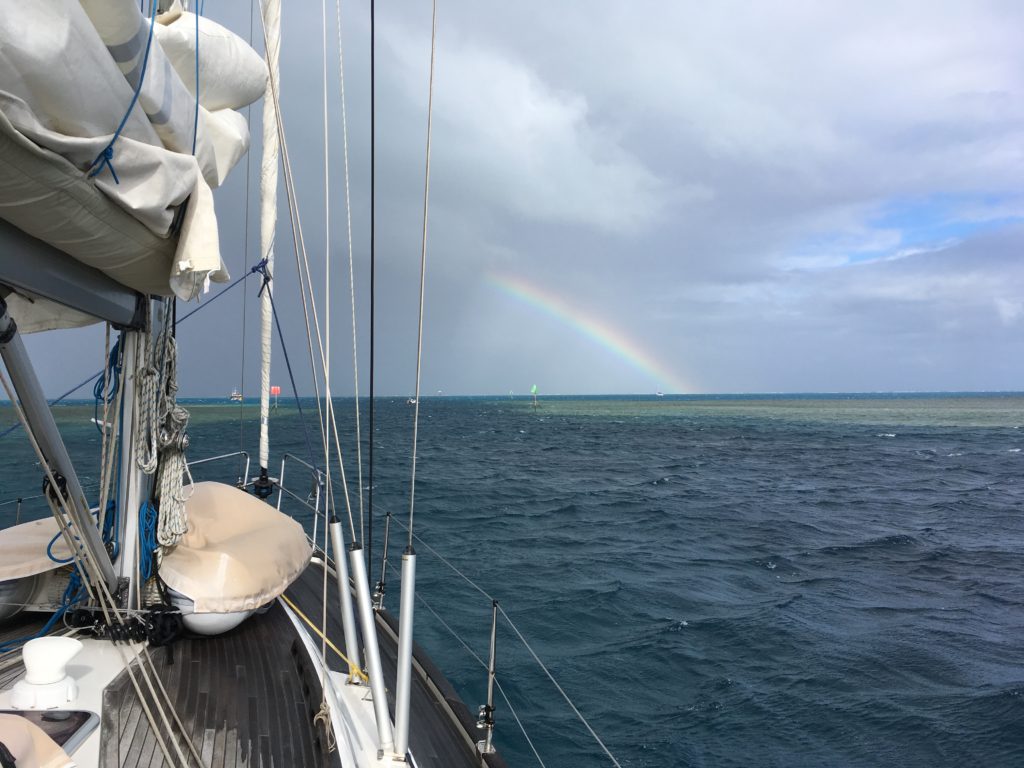
After passing through this you then do a sharp right turn to avoid a large, shallow rock then sail or motor across the lagoon, taking care to avoid any bommies, to where five mooring buoys have been installed for yachts in the shelter of the island to discourage anchoring, as anchors can drag over and damage the coral. It was a beautiful evening with Vega rocking gently on her buoy and wonderful to be out of the marina at last.
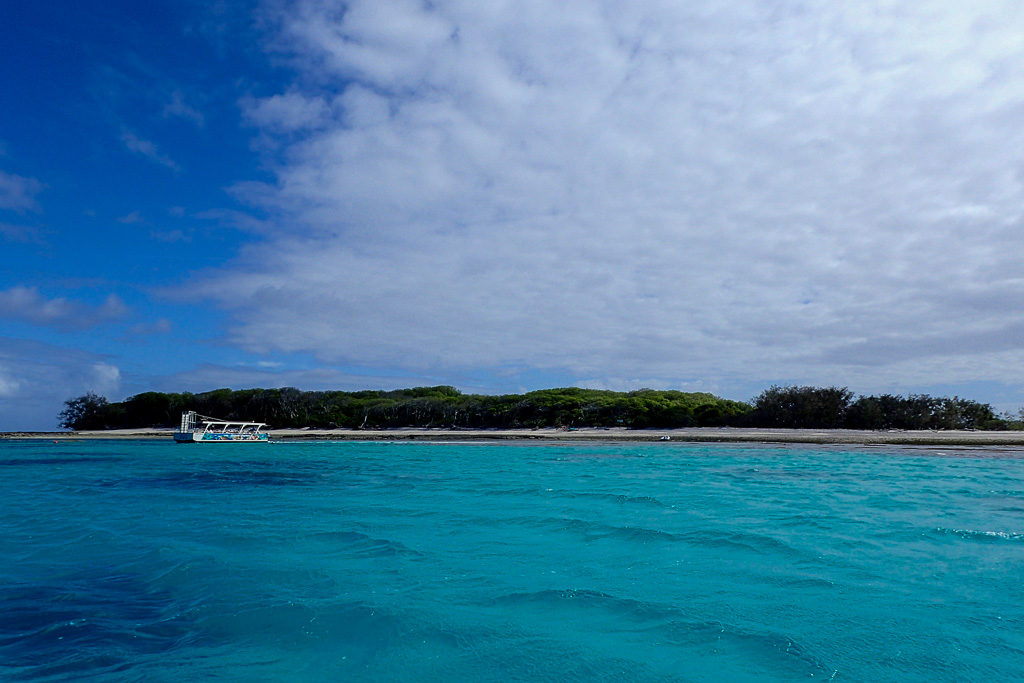
It is a gorgeous lagoon with turquoise water and wonderful snorkelling on the coral reefs and bommies, where manta rays and turtles can be seen if you’re lucky. Tour boats arrive most days from Bundaberg stopping a few hours to allow their day trippers to swim and snorkel and to walk round the island. The island is part of the National Park and is largely covered with Pisonia trees in which white-capped noddy terns roost, one of which seemed particularly tame. The birds nest in the trees but at the same time the trees exude a sticky sap that can trap the birds and especially their young – their decomposing bodies provide some nutrient for the tree roots (which sounds rather like the trees in Life of Pi).
Camping is allowed on the island – we spoke to a family with young children who were spending 5 days there and were surrounded by containers of food and water as well as all their tents and camping equipment, as visitors must be completely self sufficient. A small helicopter had arrived earlier bringing 3 men to repair the light and AIS repeater which are on a high tower. We were impressed by the flying skills that enabled it to land in a tiny clearing amongst the trees with only a few feet to spare.
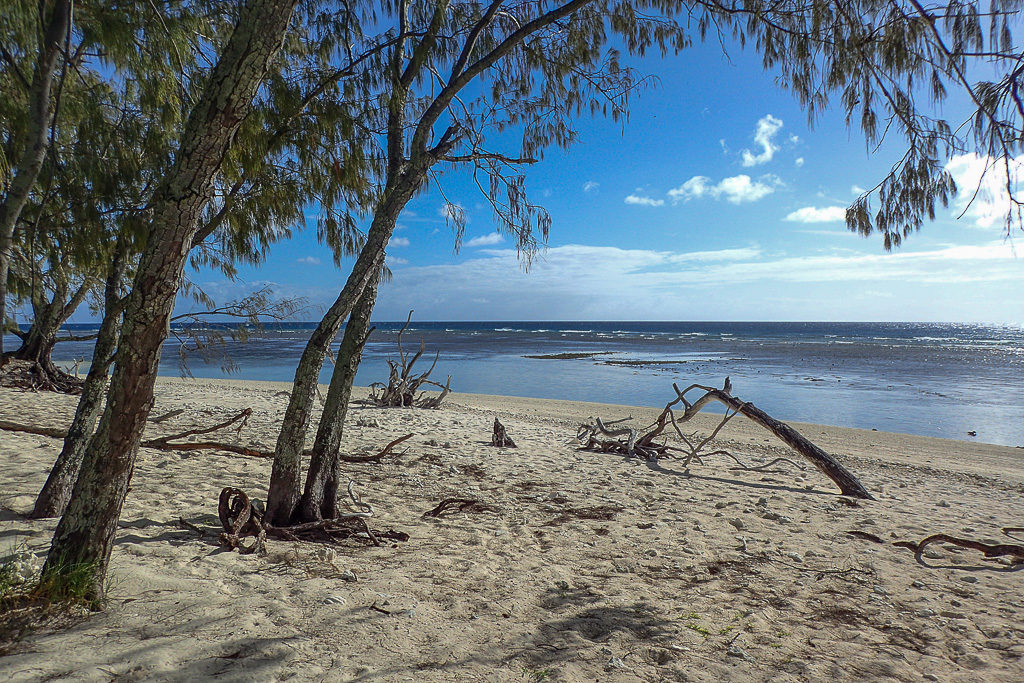
We snorkelled on a large coral bommie, the water cold and clear, and saw huge and perfect hills of hard brain coral with smaller soft corals of varying shapes and colours and a mass of small, colourful reef fish, schools of small electric blue fish, but sadly no rays or turtles nor any sharks to Hugh’s relief.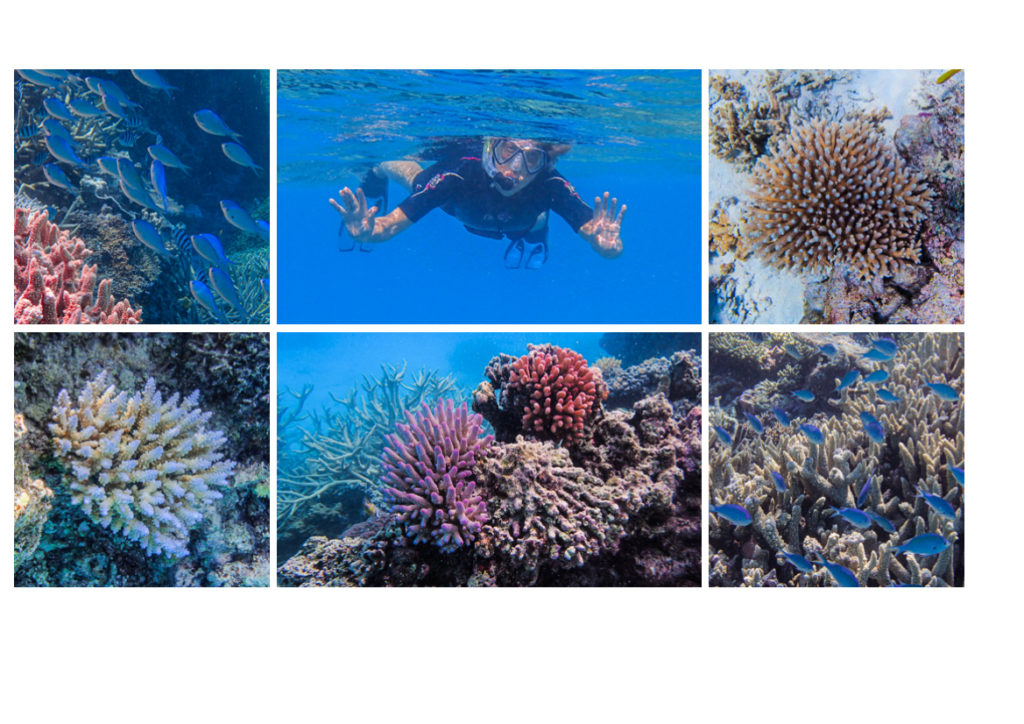
To Hummocky Island
It was forecast to get windier again especially further out to sea, so rather than anchor in another of the coral reefs north of here, where getting trapped in the dark inside a coral lagoon in high winds and with a dragging anchor can turn into a real nightmare, we left Lady Musgrave after two nights for another overnight sail. It was a long, sleepless night with rain squalls in the early hours before we reached Hummocky Island, near to the mainland. The island is uninhabited except by vicious and ravenous mosquitoes and was covered by dense, impenetrable vegetation so after a short walk on the silver sand beach we headed back to Vega for a nap. A small fishing boat joined us in the bay and fished late into the night, shining bright lights into the water, otherwise we were alone.
….. and a short hop north to Great Keppel Island
The following morning we were up early and sailed in the sunshine to Great Keppel Island, 20 miles to the north. It being a May Bank Holiday weekend there was a cluster of yachts and dayboats already at anchor in the rather exposed and rolly bay on the west side, including several yachts we knew. Great Keppel Island is a lovely, tranquil 14-sq-km island with rocky headlands and forested hills, it’s interior mostly covered by natural bush.
Nearby Svendsen’s Beach was alive with thousands of blue and black butterflies with many more fluttering around the woods some settling on flowering shrubs and trees.
We got chatting to Carl Svendsen, who owns a nearby eco resort and who told us the butterflies were Blue Tigers, which only appear on the island in May and June after migrating from the mainland where they breed. I was surprised that such a small island would have generations of people who lived there and described themselves as locals. As we continued to walk along the rough track through the island, only suitable for driving a quad buggy on, we came across a large clearing in the trees grazed by goats which seemed to wander freely around (we later saw them grazing on the airstrip) and a homestead set amongst statuesque pine trees.
There is a daily fast catamaran from the mainland bringing holidaymakers to the main beach where there is a café, watersports and some limited accommodation. The resort here, which closed in 2008 mainly due to the global financial crisis causing a downturn in tourism, is now derelict and badly damaged by cyclones, as are so many of the resorts on islands along this part of the Queensland coast.
I was getting increasingly stressed about our future sailing plans. We had initially planned to head over to Papua New Guinea for a couple of months before joining the Sail 2 Indonesia Rally in July, but time was getting on and we hadn’t been able to do the sailing in Australia that we’d hoped to, mainly due to the weather. Although the cyclone season officially ends on April 1st continuing strong winds on the east coast of Australia and almost cyclonic winds in the Coral Sea, as well as unseasonably high temperatures, had made us reluctant to start the sail north and certainly unwilling to attempt the 620 mile, five day sail to the Louisiade Islands, a group of beautiful and relatively unvisited islands to the east of mainland PNG. Our Australian eVisitor visas, which allowed a 3 month visit only, were running out in June so we needed to make a decision – whether to head over to PNG before then or to apply for new visas which permitted a longer stay in Australia.
An overnight stop in Pearl Bay
Our engine had been making worrying noises since we’d left Bundaberg, so we decided that after the bank holiday weekend we would head over from Great Keppel Island to nearby Keppel Bay marina on the mainland and get a marine engineer to look at it, but when we got ready to leave on the Tuesday it sounded absolutely fine. With more strong winds forecast for the next weekend we didn’t want to get stuck in this area for ages, so we changed direction and followed the five other yachts heading north.
With light winds coming from right behind us we sailed under just the genoa, occasionally motor-sailing, the 50-odd miles up the coast to the next sheltered anchorage at Pearl Bay. This whole rugged coastline is part of the Shoalwater Bay Military Training Area and it is forbidden to go ashore above the high water line due to the danger of unexploded bombs, in fact it is forbidden to stop here at all if they are carrying out military exercises.
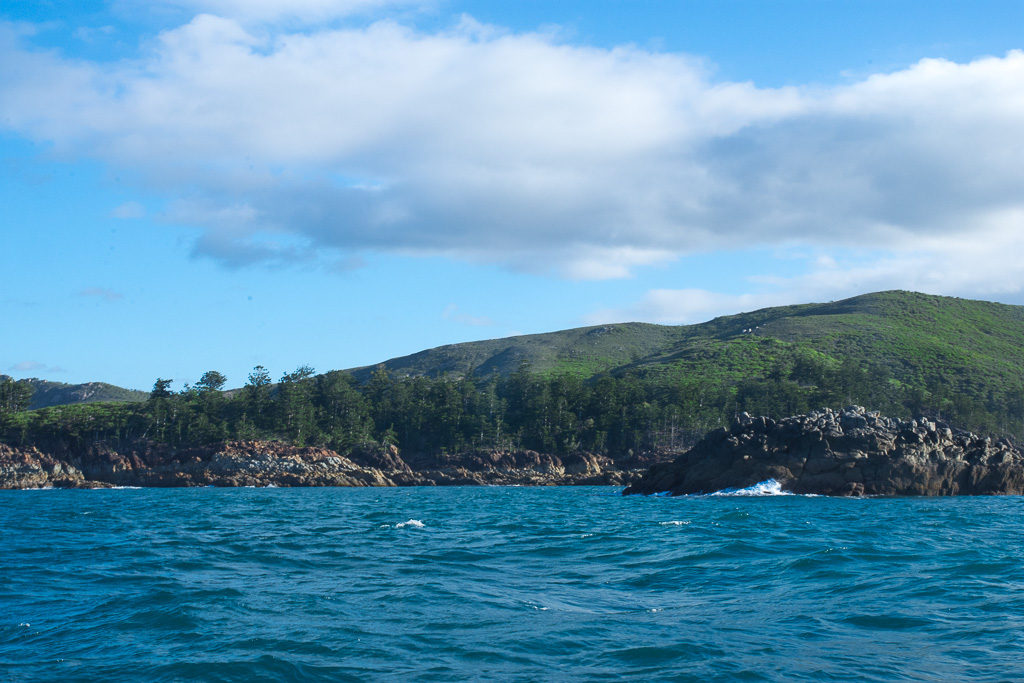
We anchored amongst the little flotilla of six other boats some of whom went ashore for sundowners on the beach. We were too lazy to get our dinghy down so admired the pretty bay with its sandy beach backed by steep, densely wooded hills from on board Vega and drank our beers watching the sun set.
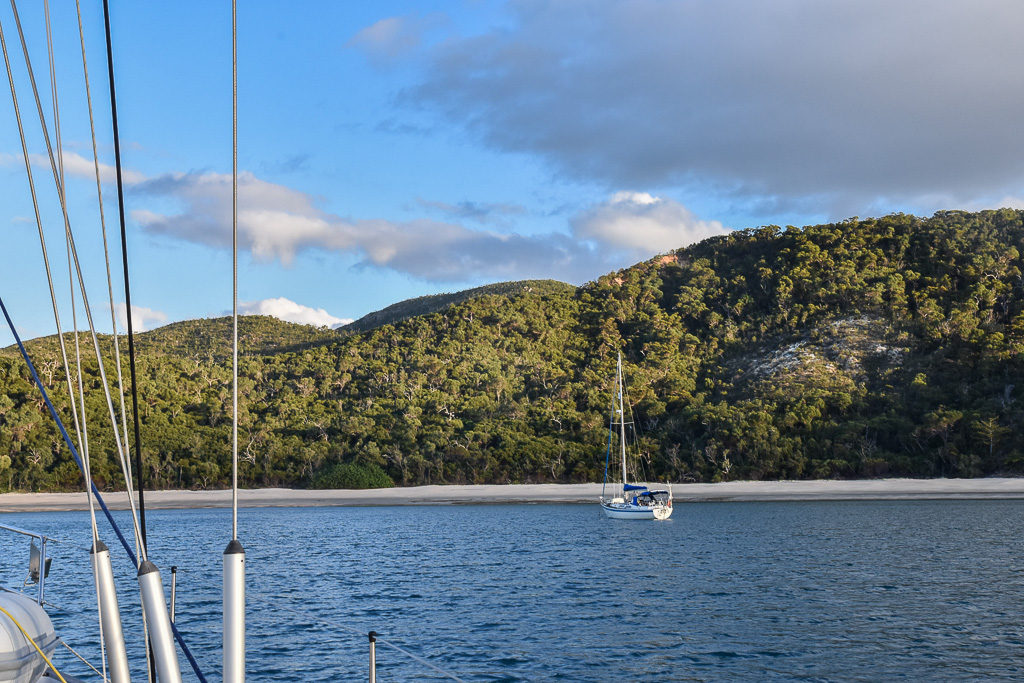
….. then on to Middle Percy Island
The alarm went off at 5am whilst it was still dark. We needed to be up early to sort out the cruising chute while at anchor in relatively windless conditions, as it needed to be refurled after being packed away loosely in its bag whilst we’d been home. That done we left the anchorage soon after 6am, the other boats also all heading off leaving the small bay empty again. We had a wonderful day of sailing in 8 to 10 knots of wind with the cruising chute steadily pulling Vega north at up to 6 knots, our big sail meaning we outpaced the catamarans which are usually faster than monohulls. Our destination was West Bay on Middle Percy Island, some 55 miles away and we arrived in time to join a gathering of yachties for sundowners at the yacht club.
Percy island Yacht club aka the Percy Hilton is a large A-frame structure which houses an amazing collection of boat memorabilia. Since the 1950s boats have been leaving carved boat signs, bits of driftwood inscribed with the boat name, flags, buoys and all sorts of mementos. It is estimated that there are now about 10,000 pieces in total.
Although the island is National Park it is leased out to a couple, John and Cate, who live in the Homestead, built on a high point of the island and they continue the long tradition of welcoming visiting cruisers. The original Homestead was built in 1887 when the Armitage family grew coffee here. Subsequent settlers have reared sheep, goats and chickens with beehives for honey bees and the Homestead is surrounded by vegetable gardens and fruit trees. There is also the Tree House by the beach which is rented out. Kangaroos and wallabies roam wild on the island as do two pairs of peacocks and their offspring.
We walked up to the Homestead, taking the ‘short track’ along the mangrove-lined creek and up through forest, and again swarms of Blue Tiger butterflies surrounded us. The way was well marked with amusing signs, buoys hanging from trees and faces painted on coconut shells.
Half way up the rugged track we found the one spot on the island where it is possible to pick up a mobile phone signal and were able to download emails and messages. Some goats headed off into the undergrowth as we approached, the goats here being ancestors of those introduced to the Island by the Royal Navy in 1874 to provide food for passing vessels plying the Queensland coast.
At the homestead Cate invited us in for a cup of tea and told us about her life, the history of the island (which involves intrigue and law suits over ownership of the lease), the work John has done to improve the Homestead and the struggles they have on the island. They have a small boat with which to make the 60km trip to the mainland, no ferries come here and there is no airstrip. During Cyclone Debbie which ravaged this area in 2017, they took shelter under the house and Cate described the incredible shrieking noise they endured as the cyclone passed over.
We are now fully paid up life members of the Percy Island Yacht club and have a smart yellow and green ensign to fly and a plaque and dog tags made on an old US Army machine.
After tea with Cate we took the longer but more leisurely ‘long track’ back to West Bay and to Vega.
Taking shelter in MacKay Marina
With very high winds and big seas forecast for the following night we left Percy Island after dark for a 65 mile overnight sail to the safety of MacKay marina, and shelter behind its strong, high breakwater. All the other yachts headed off too except for Chris on his steel sloop Storm Trooper, who elected to stay on there. On Saturday morning with Vega safely tied up on a pontoon at MacKay, we heard him called by Marine Rescue on the VHF radio but with no response. We emailed Cate on Middle Percy and she told us what had happened. Storm Trooper had left the bay when it became a lee shore in the strong winds for another island anchorage but at some point Chris had been overcome by engine fumes, fortunately coming round in time to anchor. He then fell and hurt his back and after being unable to move for over 24hours called up marine rescue who sent out a boat. On arrival one of the engines on the marine rescue craft failed and so a helicopter was called out, which took Chris to MacKay hospital. The rescue boat took off Chris’s cat and limped back to MacKay. A couple of days later another boat towed Storm Trooper back to the marina. The marine rescue service out here is run by volunteers just like the RNLI and clearly they do an equally wonderful job.
MacKay marina is a huge complex and the staff get around what must be several miles of pontoons on skateboards and mini scooters. We caught up with the usual marina joys and chores, hot showers, laundry, supermarket shopping. We went jogging along the breakwater, got various electrical problems on Vega sorted and passage planned for our future voyage. Australian friends on Sharmilla-Jay and Grey Nurse invited us to join them for a Mother’s Day lunch at the Surf Club and we had supper with Susan and David on Enchantress.
The main attraction for us of the town of MacKay was the massive Caneland Central shopping centre, although we also had a pleasant walk beside the Pioneer River, past the man-made Bluewater Lagoon where you can swim without fear of getting eaten by sharks or crocs, or stung by stingers. We also spent a few hours in Artspace MacKay, an impressive gallery showcasing Australian artists.
We’d still not made up our minds about Papua New Guinea and were still hopeful of visiting the Louisiades. In the end the weather made the decision for us. With time running out and ongoing strong winds and cyclones in the Coral Sea we regretfully gave up on PNG and started the mammoth task of filling in online applications with Australian Immigration for new visitors visas, gathering evidence to prove we were financially solvent and of good character, with no intention of working whilst in Australia or being a drain on their health services. We finally submitted our applications with $350Aus each, desperately hoping it wouldn’t take weeks to be approved or require us to have medical examinations, as we had heard happen to other cruisers. I almost felt a bit cheated when 20 minutes later the computer had said yes and we had our new visas!
We also had to apply for Indonesian visas and had another stack of forms to complete and post to the Indonesian Consulate in Sydney along with our passports, passport sized photographs and a money order for $70 each. Of all the 36 countries we’ve visited so far on our voyage, Australia and Indonesia have been the only ones requiring visas.
We had decided to leave on the Thursday for some of the offshore islands as there was a bit of a lull in the weather, only 15 to 20 knots, despite the forecast being for stronger winds at the weekend. We watched friends on Grey Nurse and Sharmilla-Jay struggle to get off the pontoon without damaging their own boats or any others and began to have second thoughts. Florence headed off too. Enchantress announced they’d decided to stay in MacKay for another week. Hugh didn’t look too happy and took an executive decision… we’d stay on until Monday. Disappointing but at least it gave us time to take a trip to look for platypuses and to catch up on the latest Archers omnibus.
Hiring a car we drove the 80kms from MacKay to the Eungella National Park through lush Pioneer Valley, green with sugar cane and with narrow gauge railtrack for the cane trains running alongside the road, passing through the occasional small township and past sugar mills. The road suddenly climbed steeply up into the National Park with sharp, hairpin bends, low lying dense cloud covering the mountainous rainforest above. There are walking tracks running through the rainforest and alongside Broken River.
By pools in the river there are viewing platforms where you must stand quietly so not to scare the shy creatures away …. And there they were! We saw seven or eight platypuses swimming and feeding in the river alongside snapping turtles. All very exciting.
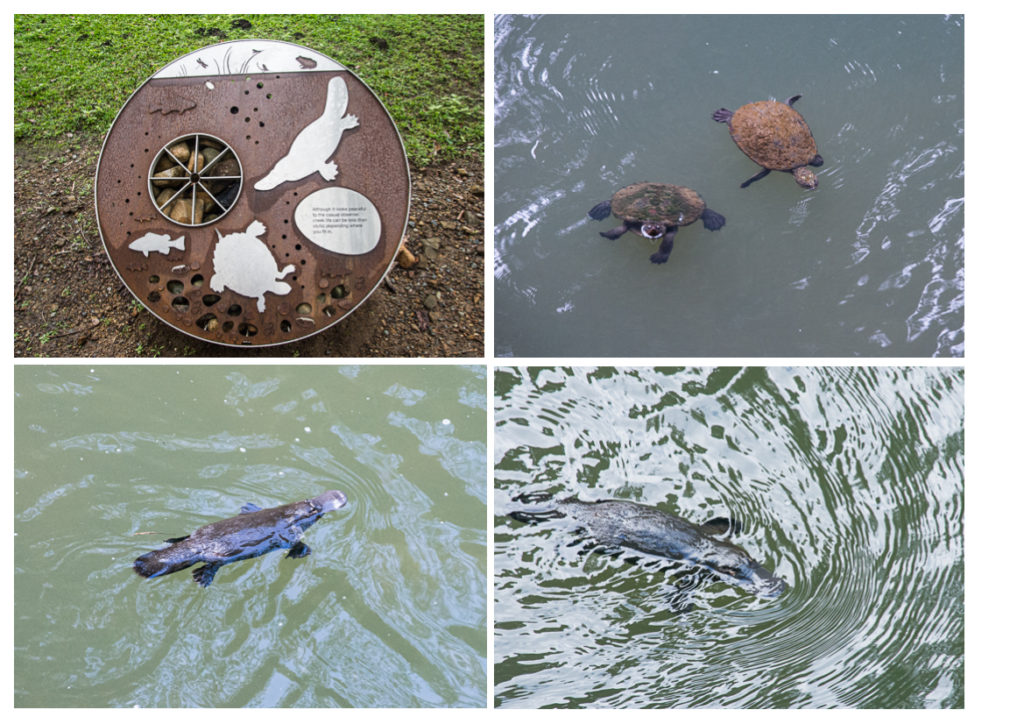
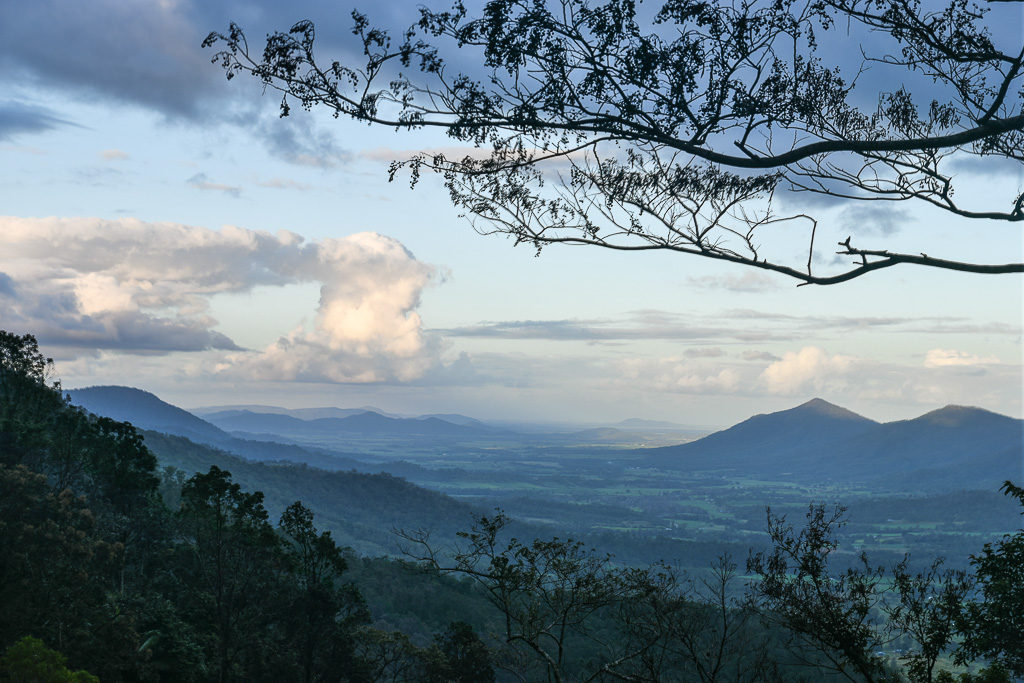
On the Monday things were still not looking too good but we were determined not to stay a day longer in the marina and managed to get off the pontoon with the help of marina staff and headed off, hugging the coast where it was less windy, aiming for Newry Island, an easy 25 miles north.
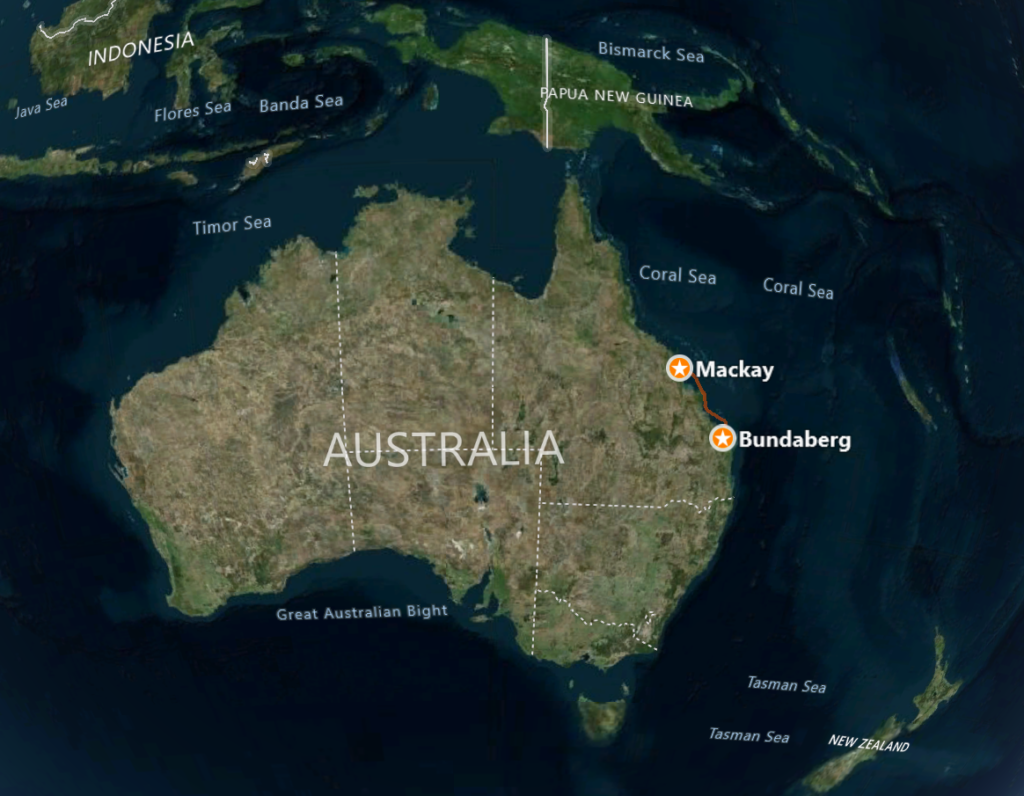
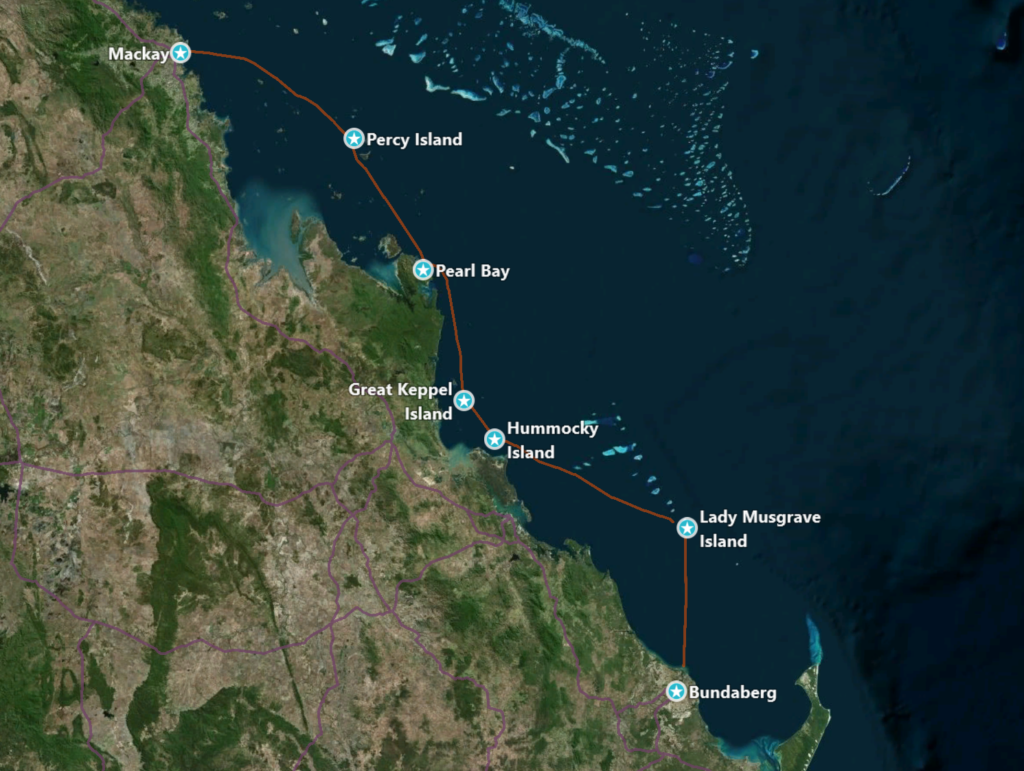
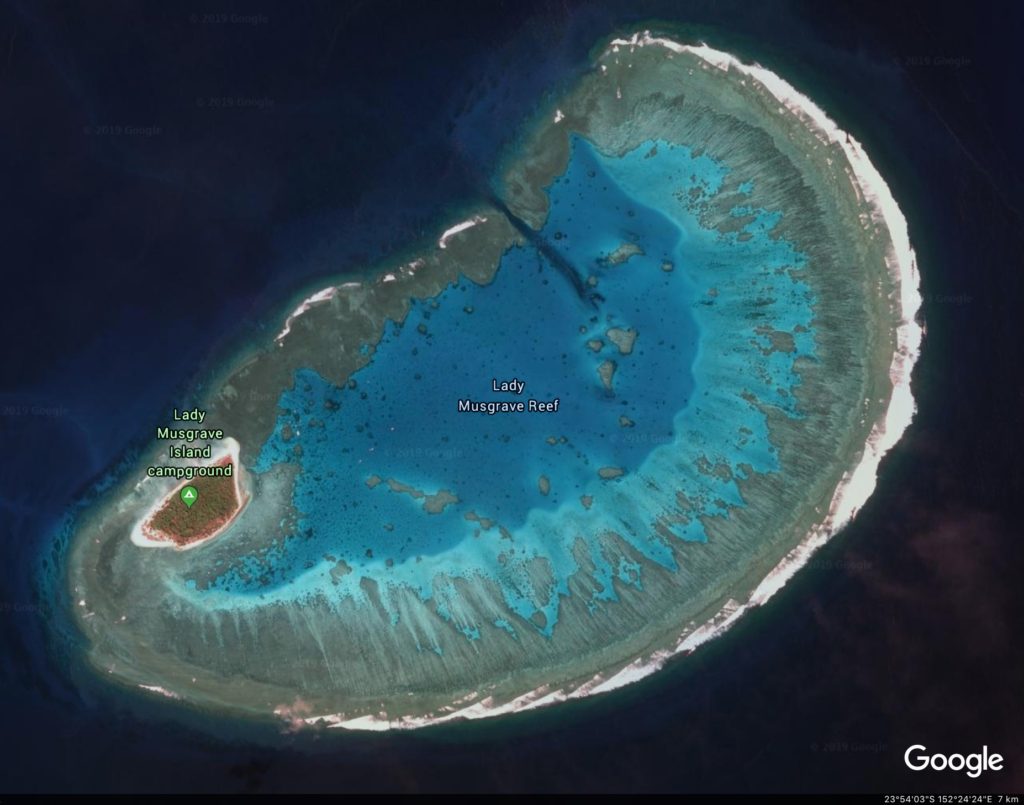
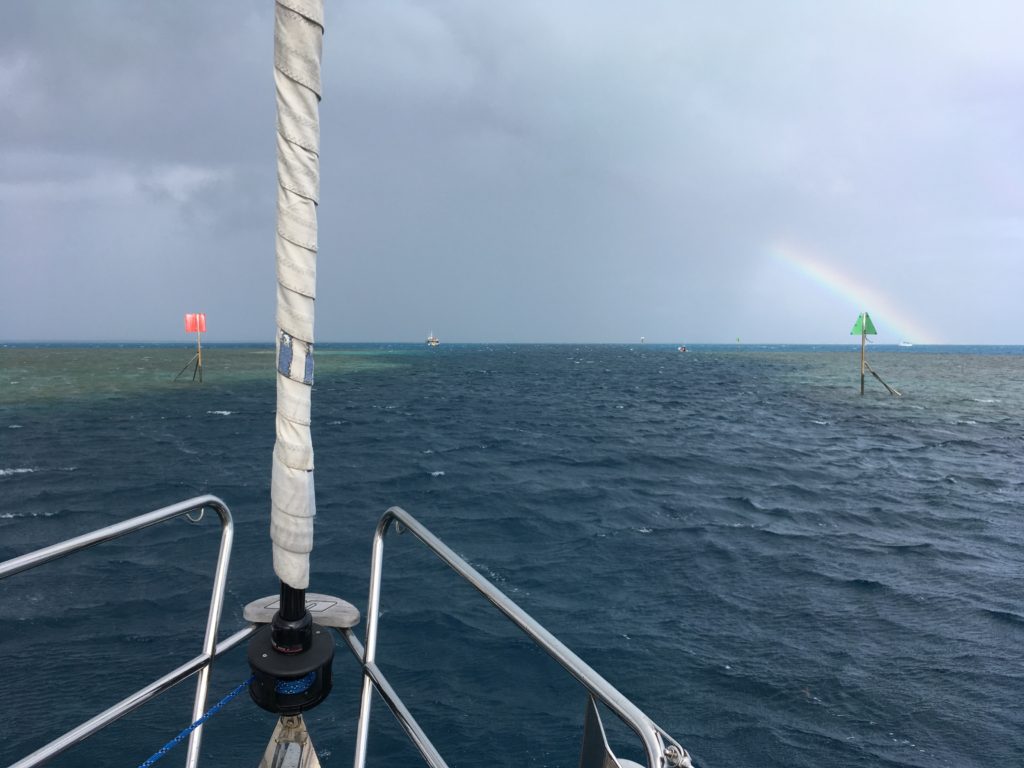
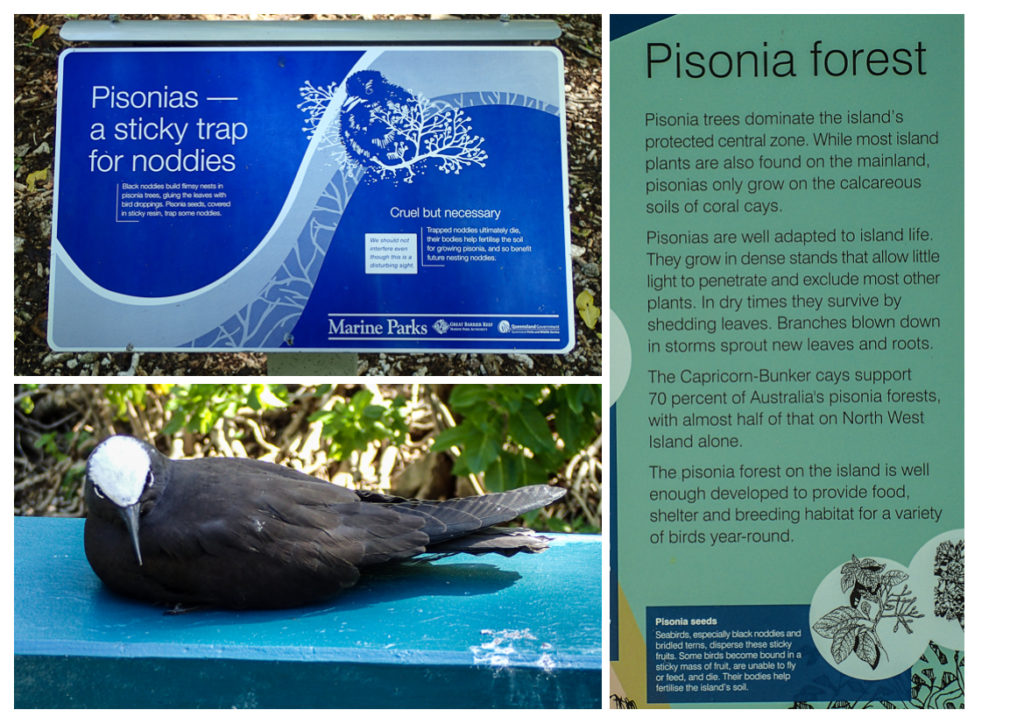
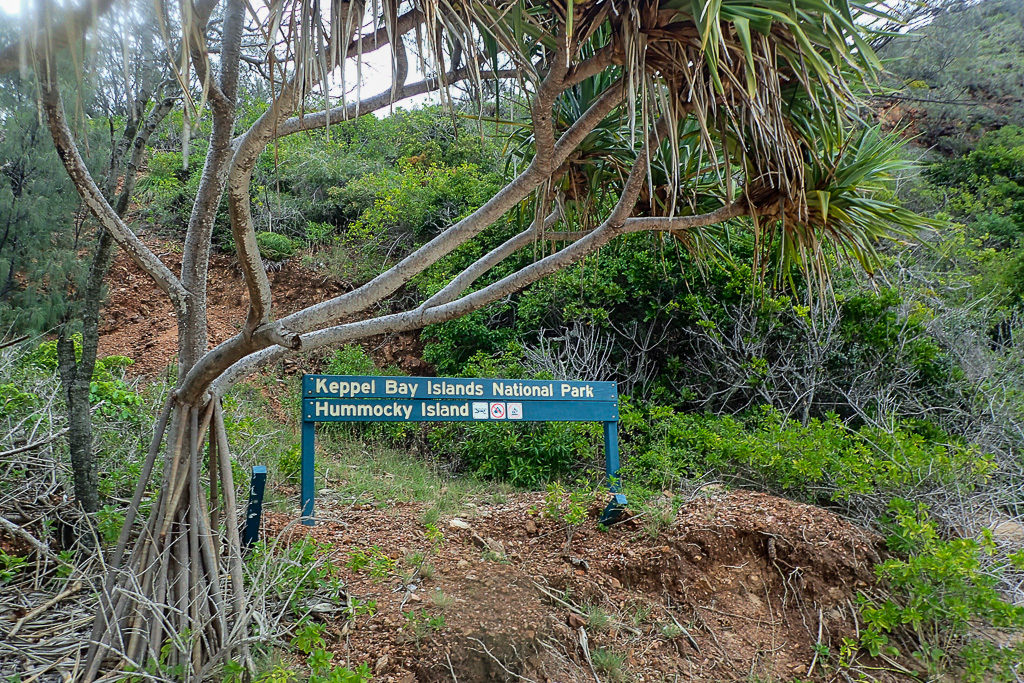
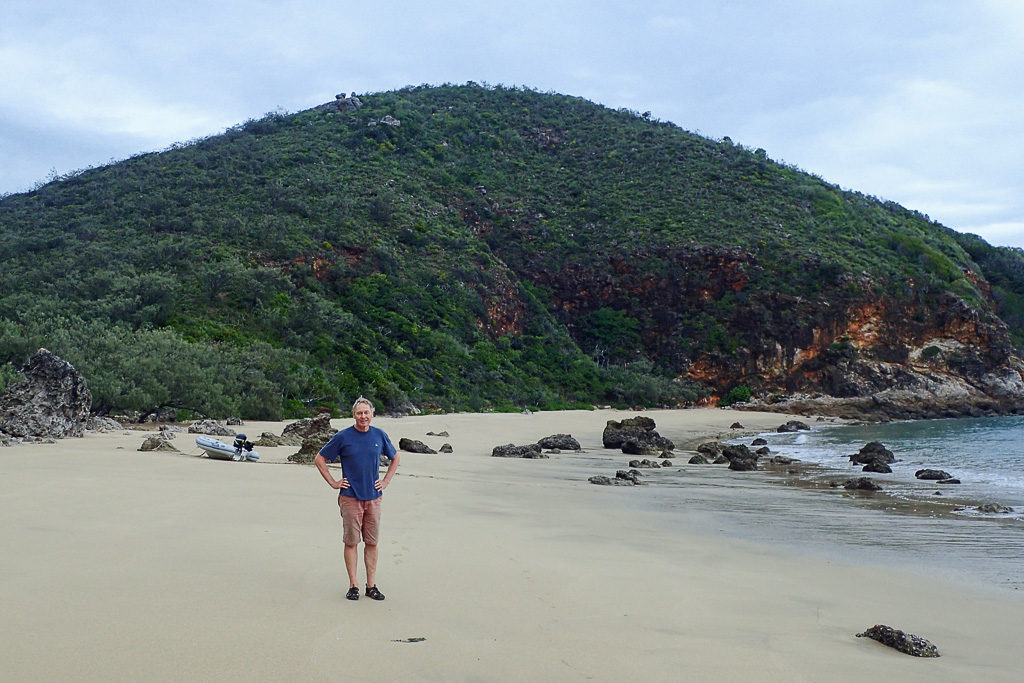
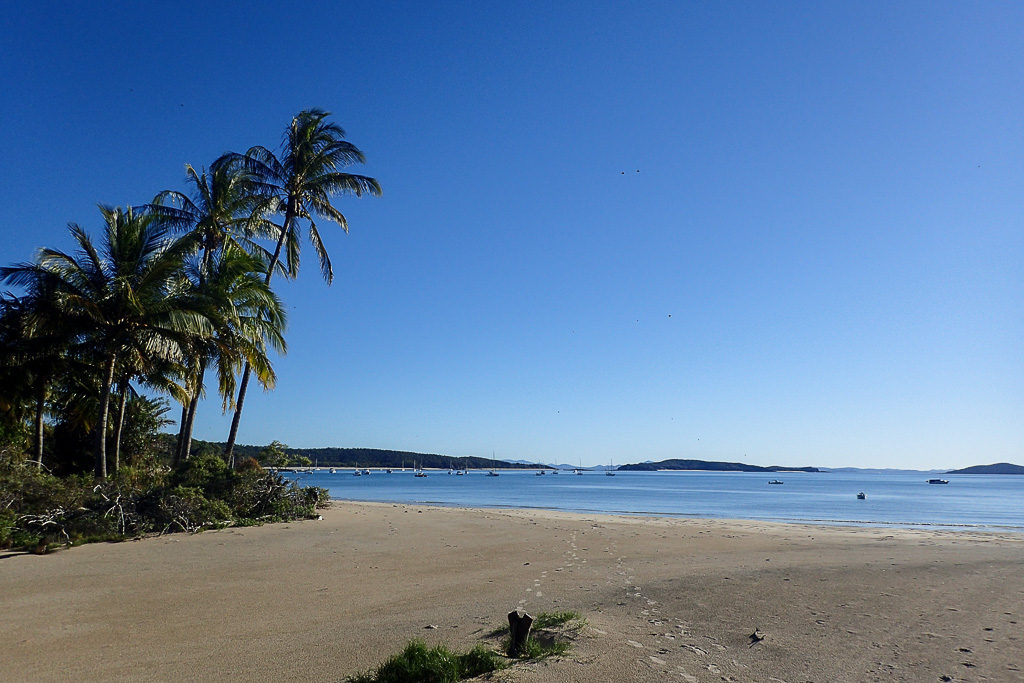
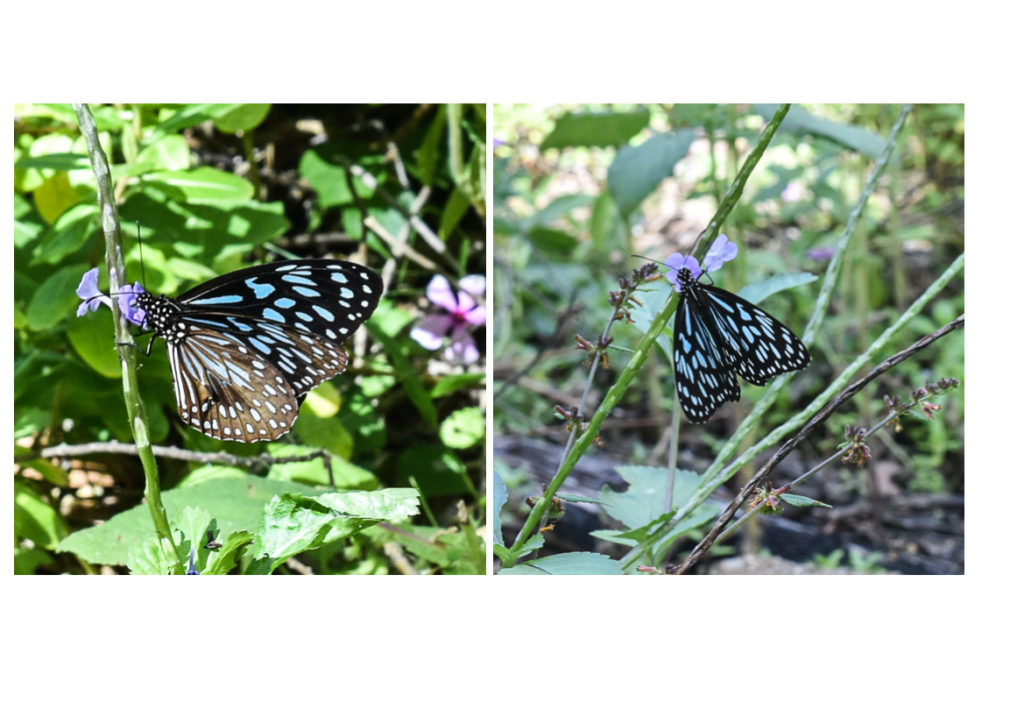
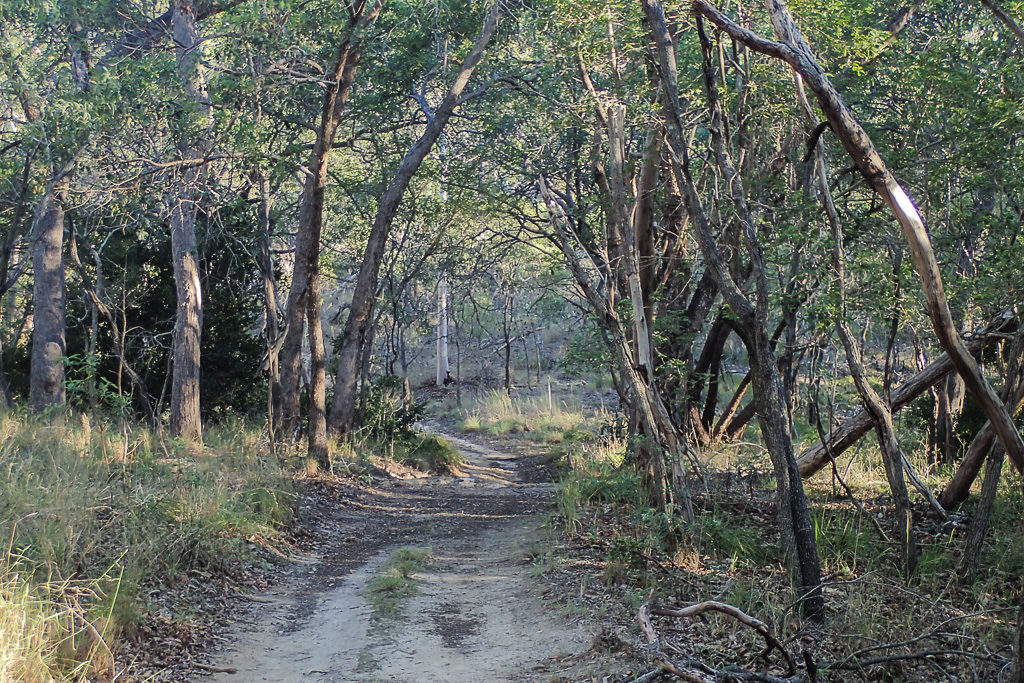
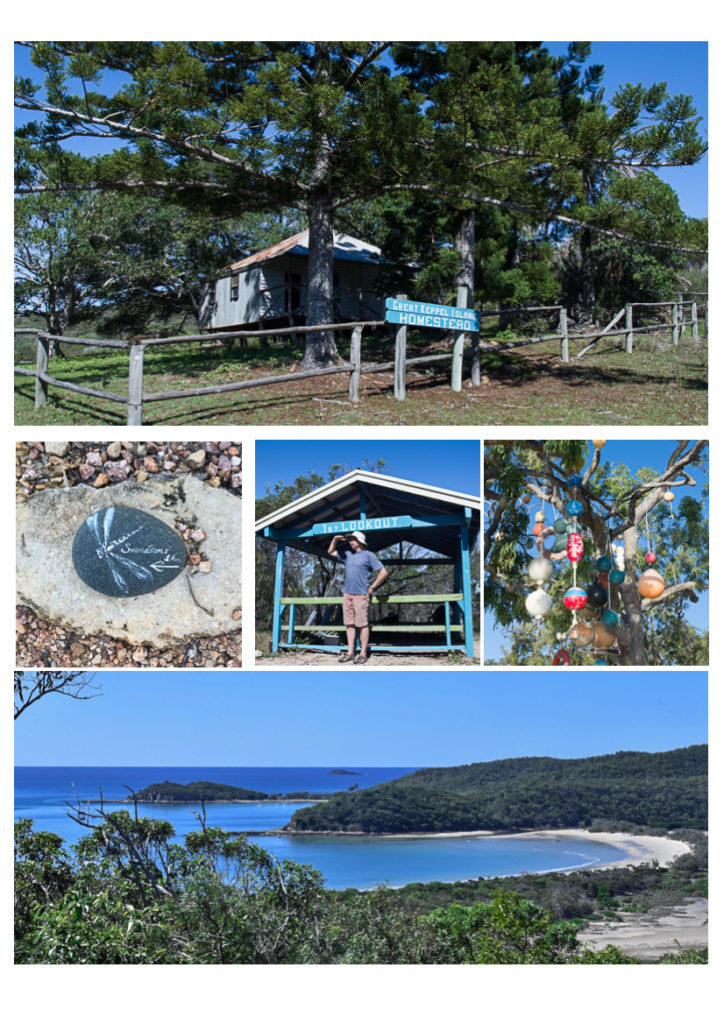
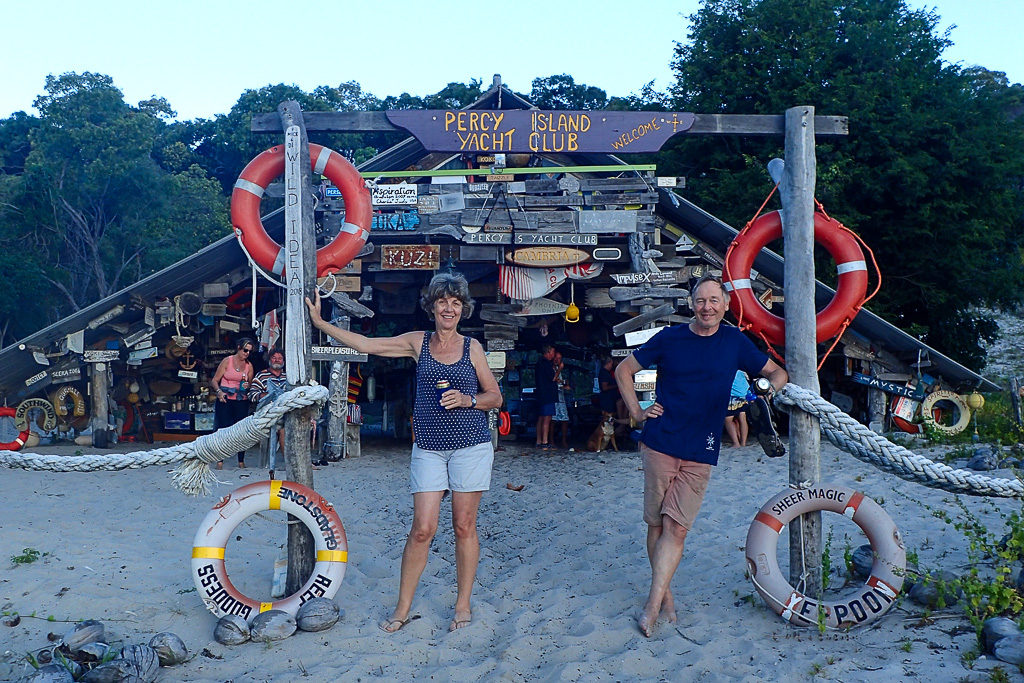

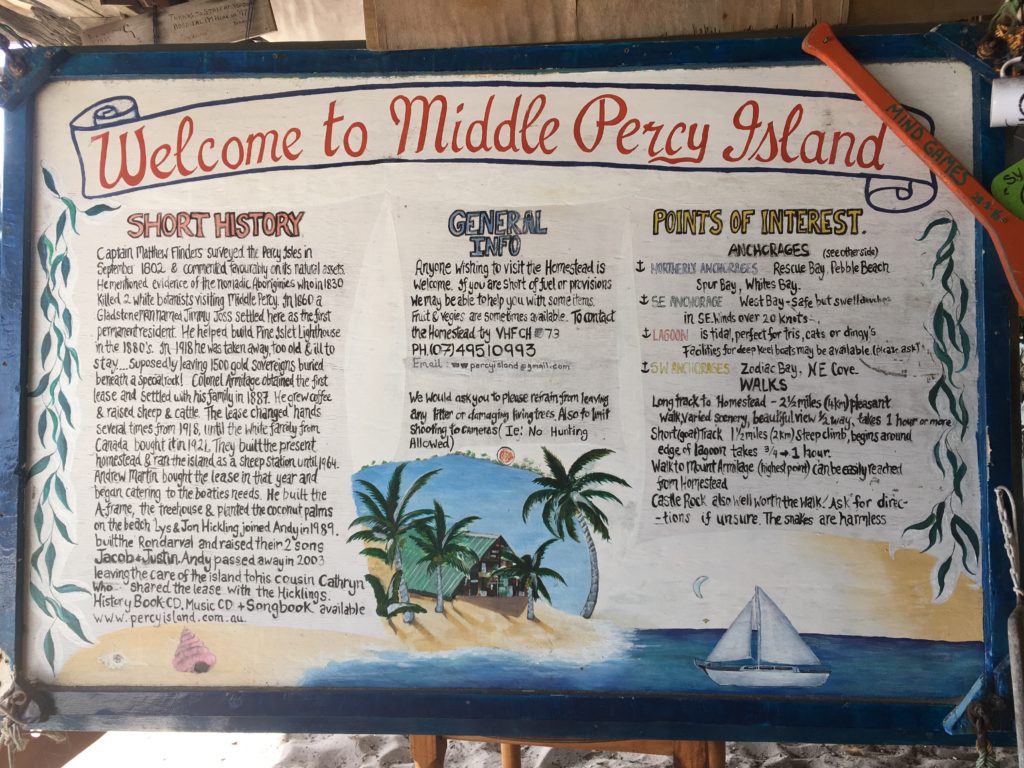
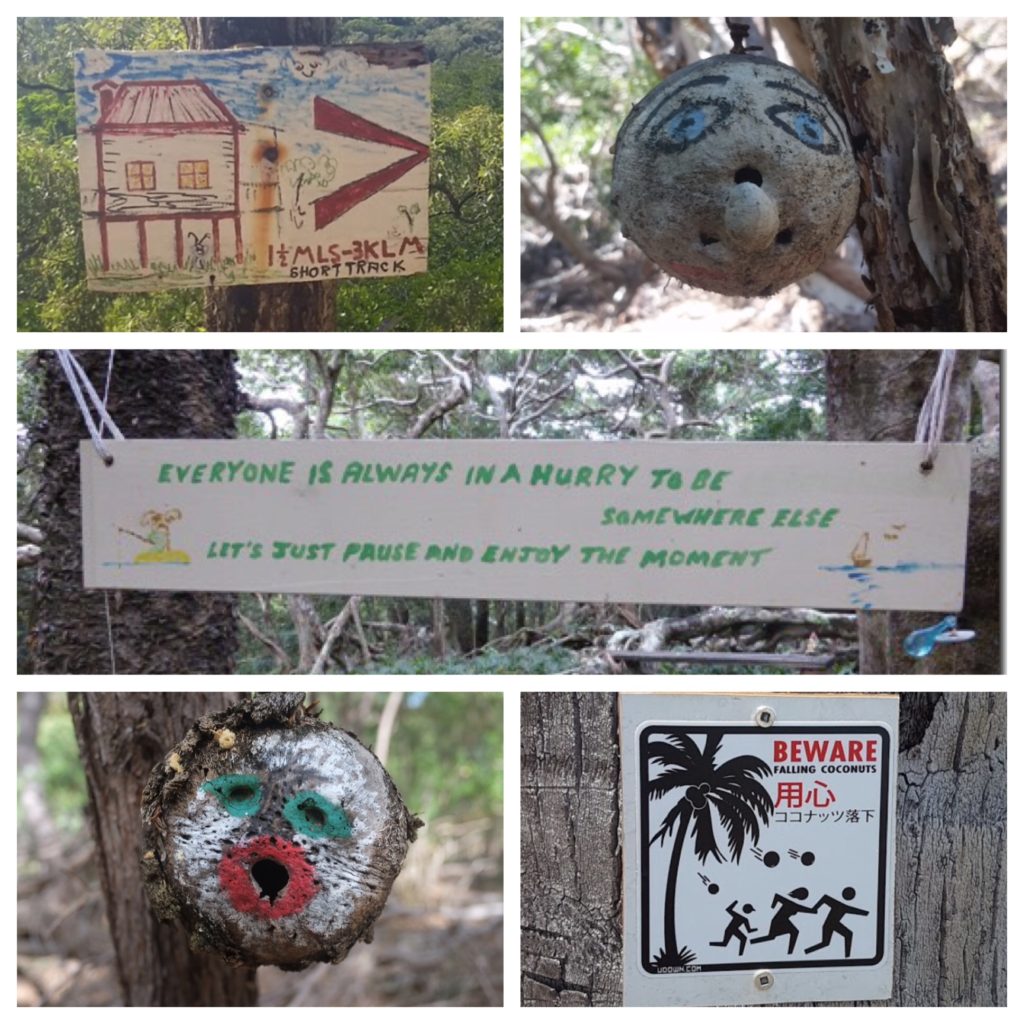
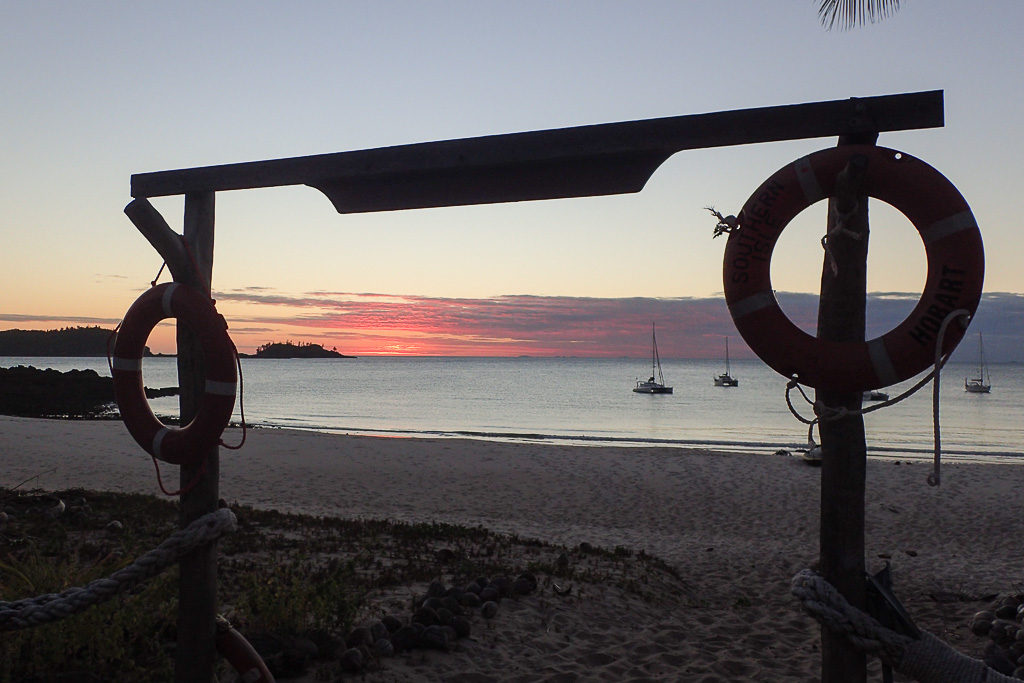
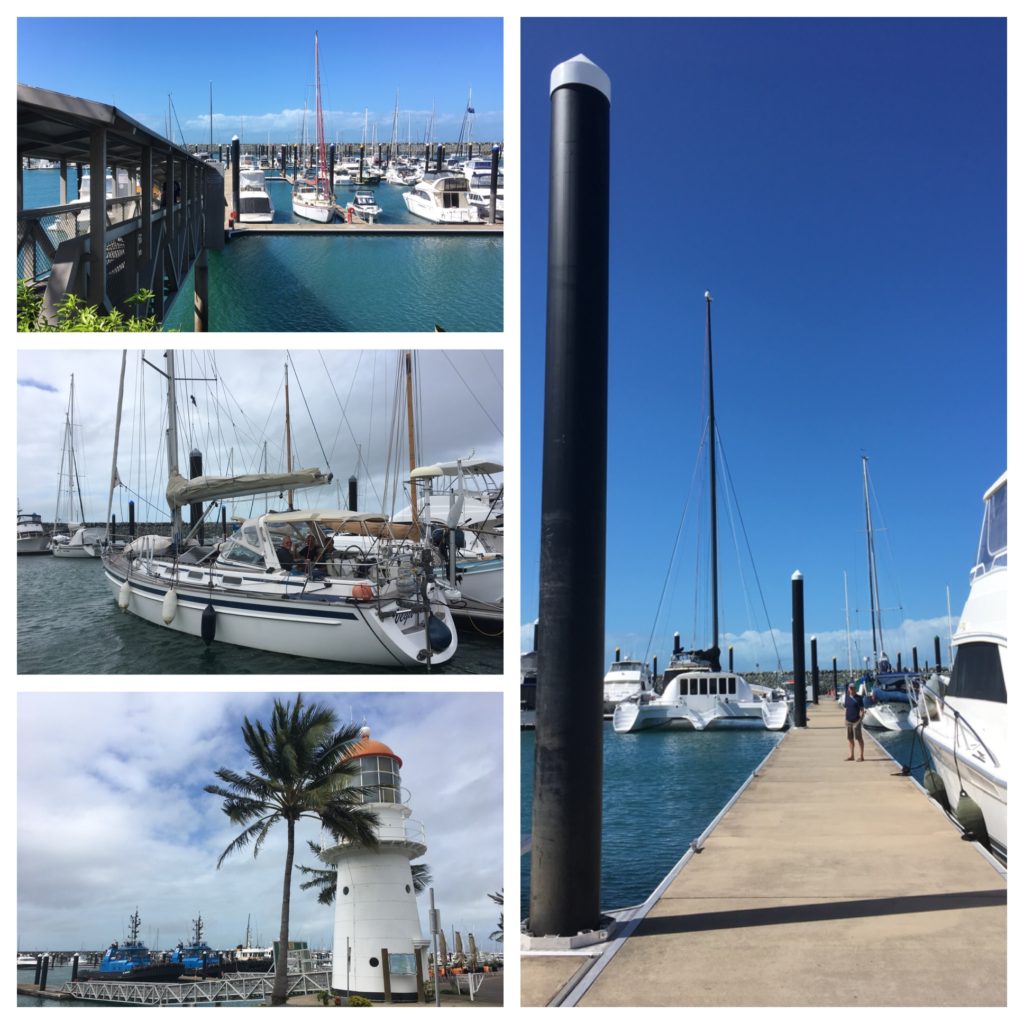
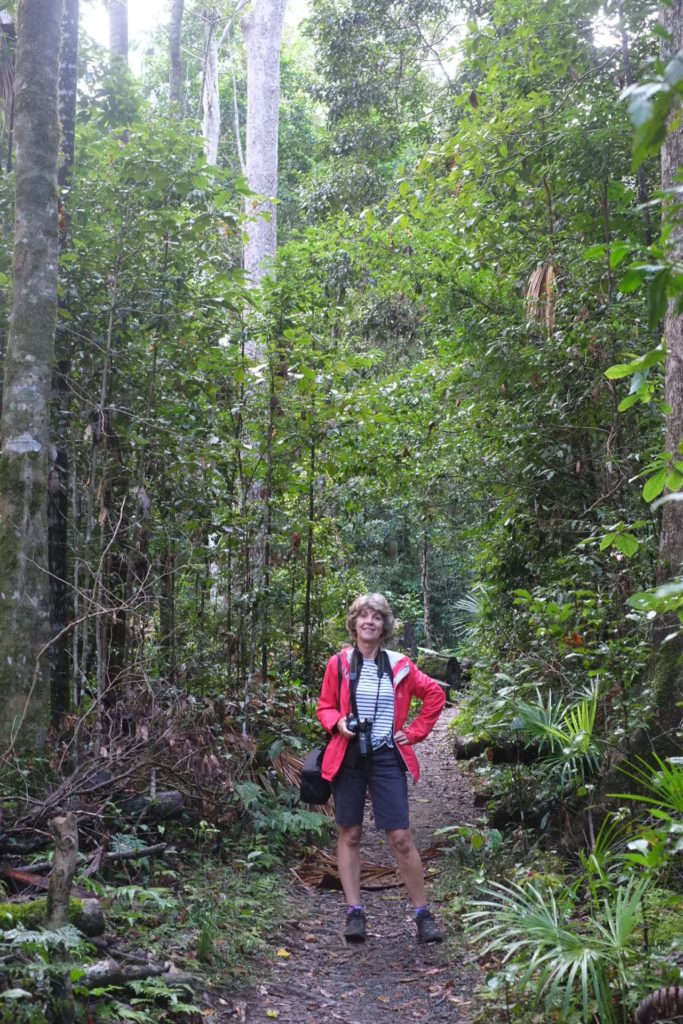
5 Comments
Fiona
June 16, 2019 - 9:49 amWhat a wonderful blog – you write so well. So glad you are safe and sound – being in a cyclone would be terrifying, in fact, the whole trip would be terrifying for little old landlubber me!!
Hope you enjoy the next leg of your journey. Xxxxx
Nina and Ben
June 16, 2019 - 1:03 pmDelightful reading as always, especially as June in Somerset is so wet and windy (though not cyclone material). Glad I’m not on a boat but glad you both are, and sending us your fascinating blog.
Keep on cruising and have fun! xx
Steve
June 16, 2019 - 7:16 pmWonderful nature visits-Kyra very jealous. Love to both xox
Mark Trupp SY's Smilla, Chiara, Axolotl.
June 17, 2019 - 4:41 amNot happy sitting at my desk reading your blog, whilst Smilla sits in her pen at BPM. Very jelly.
Have fun. Please pass on my regards to the socialist too 🙂
Mark
Paul Bayley
June 19, 2019 - 8:04 pmGreat writing again sorry you are not going to PNG. The wind must be a problem, reading you pieces I know why I like dry land, best wishes to you both.
Paul